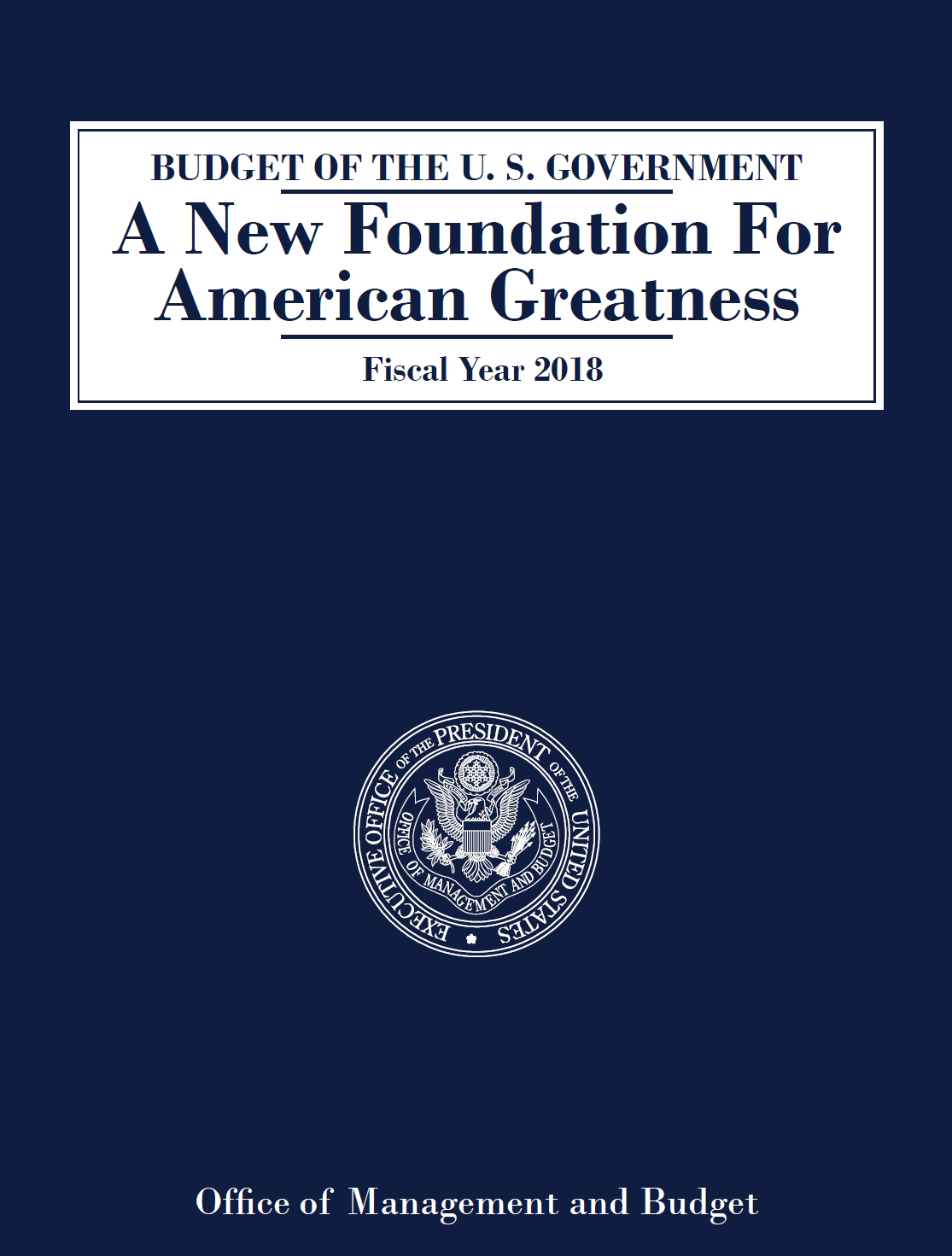On May 23rd , the 2018 proposed federal budget was released by the White House. Since then, there has been a flurry of news about what this means and how it will affect US citizens. Let’s focus on the planned changes to Medicaid, which is an important topic for our readers.
Perhaps you heard about the “$600 billion cuts to Medicaid over 10 years.” As stated, this is a fact – well, the actual line item is $616 billion. Here’s the section taken from pages 9 and 10 of the budget document:
Reform Medicaid: To realign financial incentives and provide stability to both Federal and State budgets, the Budget proposes to reform Medicaid by giving States the choice between a per capita cap and a block grant and empowering States to innovate and prioritize Medicaid dollars to the mostvulnerable populations. States will have more flexibility to control costs and design individual, State- $610 billion over 10 years.
Basically, Medicaid would fully be managed at the State level. The Federal Government would provide a fixed amount of money to each State. Medicaid services include nursing home and institutional care as well as personal care, occupational therapy, and work support for the disabled and elderly to allow them to live on their own. Providing a health facility is required by law, but the programs to keep people on their own are considered optional.
What is not reflected in the $616 billion is the $800 billion cut to Medicaid funding that is in the House-passed version of the American Health Care Act. There is overlap between these two numbers, but there is not yet a consensus on how much that is. According to NPR, Medicaid’s growth would be cut over time because healthcare costs grow faster than the economy.
Medicaid currently provides healthcare support for 75 million low income, elderly, and disabled people.
Here’s a link to the full proposed budget, if you’re interested in reading more.
